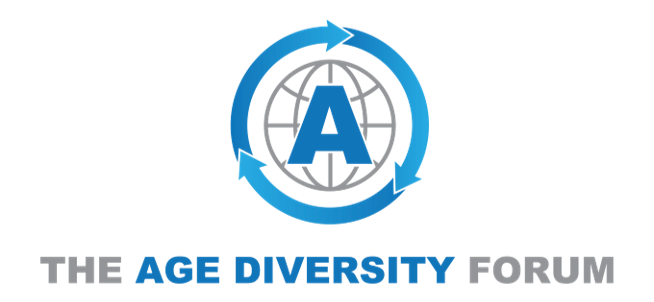The business case for diversity is more prominent, but unfortunately, there continues to be challenges in breaking down barriers of age bias in the employment arena. Whether that is in the form of: negative bias, unconscious or otherwise; a lack of opportunity for employers to access key skills and talent; poor retention and retraining programmes; or for policy support requirements.
No industry sector is immune to these challenges, and none are restricted by geography.
Many businesses and organisations are now planning their strategies for sustainability and growth, considering a full and balanced view of the resource market, that includes: recruitment without bias, across all age groups; and a plan that is structured with training and development opportunities for all employees.
When companies began jumping on the diversity and inclusion (D&I) bandwagon en masse in the late 80s and early 90s, it seemed a natural extension of affirmative action and equal opportunity programs. Over time, many organisations had to be cajoled towards diversity, as being the “right thing to do”, but more recently, a focus to diversity also needs to be “good for business.” The good news is that some Company leaders are beginning to recognise a number of beneficial factors, such as the importance of creating an employee culture that reflects their customer base and community.
But, while age is a protected characteristic, it has not been at the forefront of D&I strategy.
While D&I programs have moved the needle in the significant areas of race, gender and sexual orientation, ageism has been relegated to the side-lines. As a result, age prejudice has seeped into the workplace. Due in part to implicit bias, where the offender is not aware of the offense; for example, a younger worker implying than an older worker works at a slower pace.
Implicit bias perpetuates “age myths” in the workplace regarding older workers’ attitudes, productivity and ability, but such stereotyping about older workers does not hold up to reality.
With age now being recognised in key International Government planning, i.e. listed as one of the Four Grand Challenges in the UK Industrial Strategy, it’s time to call attention to ageism in the workplace – in hiring, promotions, development opportunities and retention. There are also other significant values to be gained, as the effects of ageism are felt by everyone across all D&I steams, including, races, genders and sexual orientation. A focus towards age, provides an absolute inter-sectional view for an organisation, across all D&I streams, across the whole workforce.
There are many benefits for recruiting, hiring and retaining an age diverse workforce:

contact: [email protected]

